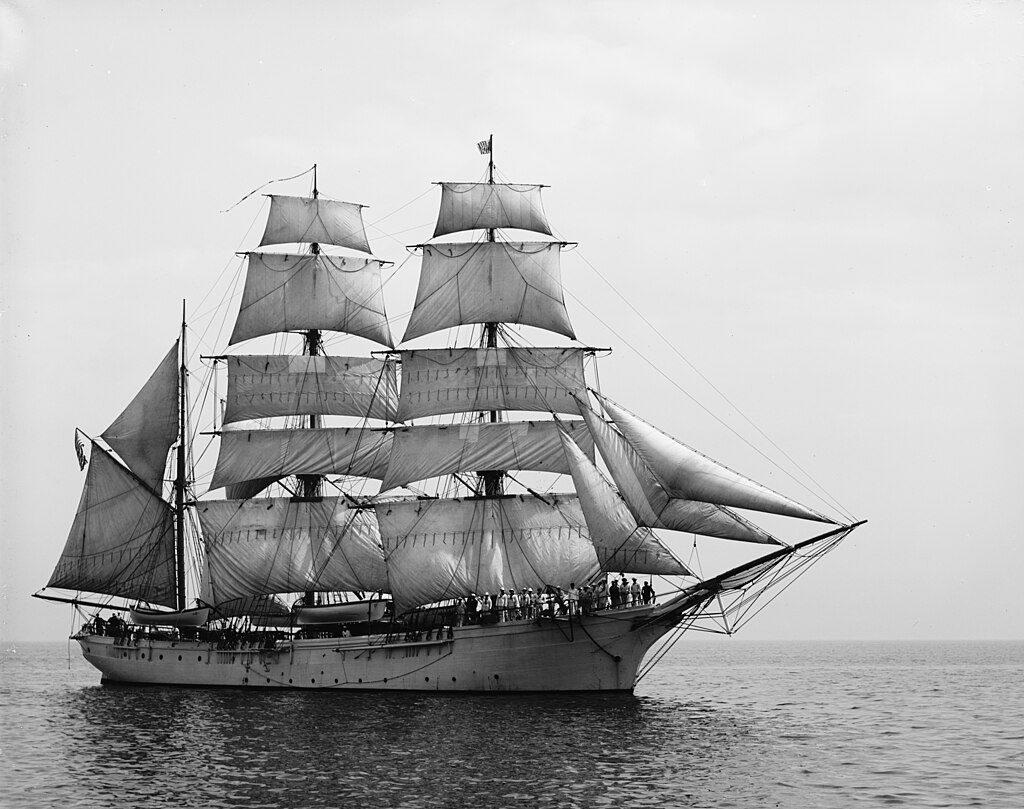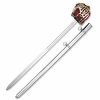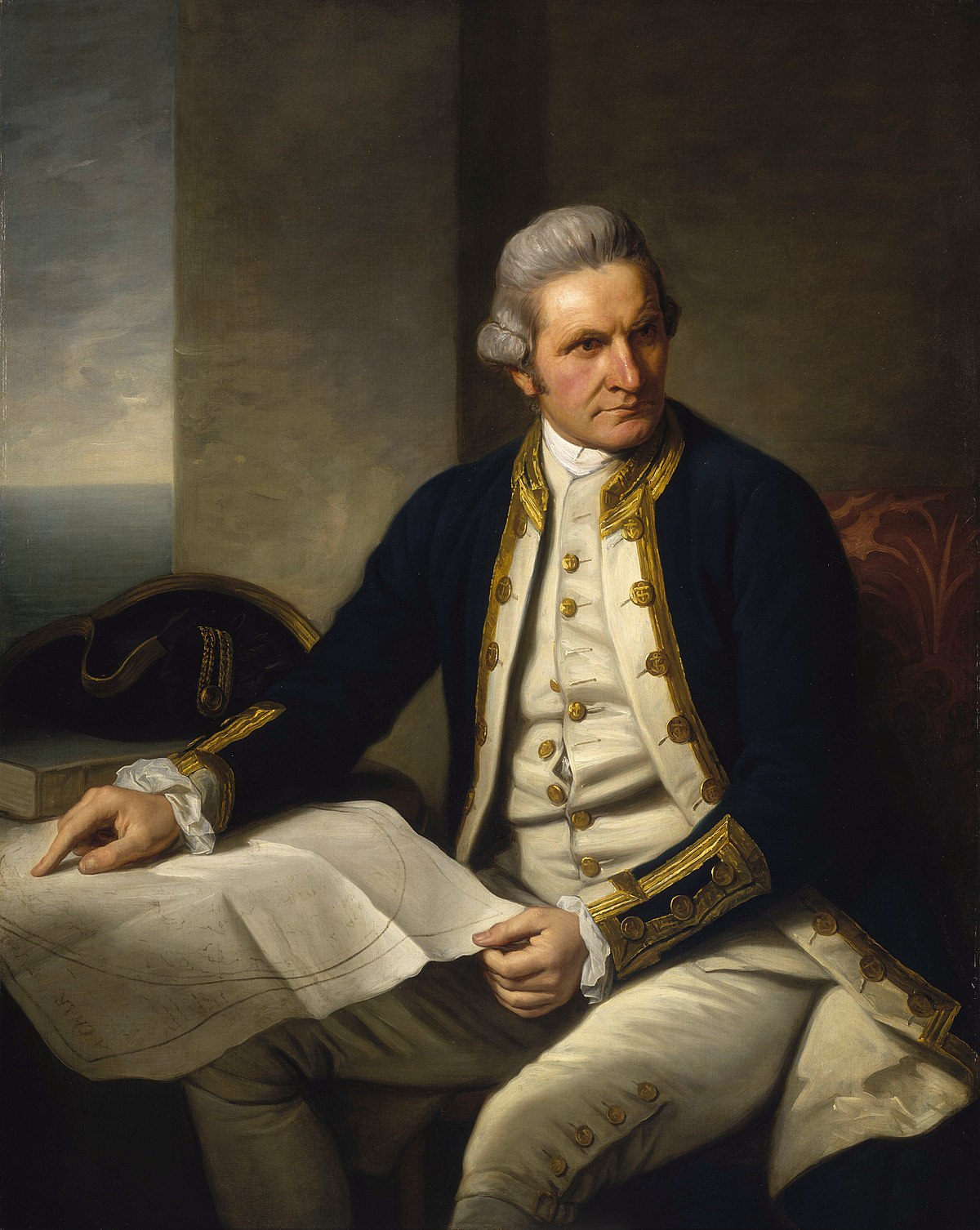- Joined
- Apr 24, 2017
- Messages
- 36,683
- Reaction score
- 109,243
History is chalk full of men and women who pushed the boundaries of what's considered"humanly possible", rejected the limitations of their society or time, and would be well at home in heroic games. I thought it would be fun to have a thread pointing out some of the lesser known of these extraordinary folks. I'll be periodically posting profiles, feel free to add some of your own favourites.
To start with, let me tell you of Charles Herbert Lightoller
Born in 1874, Charles left home at the age of 13 (like me!) and began a four year seamanship apprenticeship (unlike me) aboard barque Primrose Hill.

(a barque is sailing vessel with three or more masts having the fore- and mainmasts rigged square and only the mizzen rigged fore-and-aft)
On his second voyage, a storm in the South Atlantic, forced his ship to dock at Rio de Janeiro during a smallpox epidemic and a revolution. Another storm in the Indian Ocean, caused the ship to run aground on an uninhabited four-and-a-half-square-mile island now called Île Saint-Paul until they were rescued and taken to Australia.
On Charles's third voyage, the ship's cargo of coal caught fire, and for his successful efforts in fighting the fire and saving the ship, Lightoller was promoted to second mate.
In 1895, at age 21, Charles left sailing ships for steamships. He spent three years on a Royal mail vessel navigating the West African coast before nearly dying from a heavy bout of malaria. This caused Lightoller to abandon the sea in 1898, moving to the Yukon to participate in the Klondike Gold Rush.
Charles went on to became a cowboy in Alberta, Canada, until he felt the call of home.
In order to return to the UK, Charles became a hobo, riding the rails back across Canada. He earned his passage back to England by working as a cattle wrangler on a cattle boat.Once home, he obtained his master's certificate and returned to the sea, serving on the SS Medic during the Boer War.
In 1912, Lightroller joined the SS Titanic's crew on it's maiden voyage as first officer. He was in his cabin after serving first night's watch when the collision occurred. Dressed in pajamas with his officers coat thrown on hurriedly, he rushed to orchestrate the evacuation. Lightroller is known for strictly enforcing the "women and children first" rule, to the point that when an unwatched lifeboat was commandeered by 25 male passengers he threatened them with an unloaded revolver until they disembarked, calling them "Damn cowards!"
As the Titanic began its final plunge, Lightoller decided he could do no more and dived into the water from the roof of the officers' quarters. As water flooded down one of the forward ventilators, he was sucked under and pinned against the grating by the pressure of the incoming water, until a blast of hot air erupting out of the ventilator blew him to the water's surface. Charles there saw a lifeboat floating upside down with several swimmers hanging on to it. He swam to it and climbed atop, where he calmed and organised the survivors, teaching them to shift their weight with the swells to prevent the craft from being swamped. If not for this, they likely would have been thrown into the freezing water again. At his direction, the men kept this up for hours until they were finally rescued by another lifeboat.
Lightoller was the last survivor taken on board the RMS Carpathia, and the most senior officer to survive the disaster.
And for some reason we got a film about DiCaprio.
Interviewed about his miraculous survival, Lightoller famously quipped "with God, all things are possible."
Charles went on to serve as a commanding officer of the Royal Navy during World War I, where he was twice decorated for gallantry. First while in command of a motor torpedo boat that engaged the German Zeppelin L31 during a night time raid on Southern England, and secondly whilst in command of destroyer HMS Garry, when he rammed his ship into and sank a German U-Boat.
He came out of retirement during WWII to participate in the Dunkirk evacuation, wherein he sailed his private motor yacht across the channel and personally is credited with saving 127 British servicemen.
Charles died at the age of 78 during London's Great Smog of 1952.
To start with, let me tell you of Charles Herbert Lightoller
Born in 1874, Charles left home at the age of 13 (like me!) and began a four year seamanship apprenticeship (unlike me) aboard barque Primrose Hill.

(a barque is sailing vessel with three or more masts having the fore- and mainmasts rigged square and only the mizzen rigged fore-and-aft)
On his second voyage, a storm in the South Atlantic, forced his ship to dock at Rio de Janeiro during a smallpox epidemic and a revolution. Another storm in the Indian Ocean, caused the ship to run aground on an uninhabited four-and-a-half-square-mile island now called Île Saint-Paul until they were rescued and taken to Australia.
On Charles's third voyage, the ship's cargo of coal caught fire, and for his successful efforts in fighting the fire and saving the ship, Lightoller was promoted to second mate.
In 1895, at age 21, Charles left sailing ships for steamships. He spent three years on a Royal mail vessel navigating the West African coast before nearly dying from a heavy bout of malaria. This caused Lightoller to abandon the sea in 1898, moving to the Yukon to participate in the Klondike Gold Rush.
Charles went on to became a cowboy in Alberta, Canada, until he felt the call of home.
In order to return to the UK, Charles became a hobo, riding the rails back across Canada. He earned his passage back to England by working as a cattle wrangler on a cattle boat.Once home, he obtained his master's certificate and returned to the sea, serving on the SS Medic during the Boer War.
In 1912, Lightroller joined the SS Titanic's crew on it's maiden voyage as first officer. He was in his cabin after serving first night's watch when the collision occurred. Dressed in pajamas with his officers coat thrown on hurriedly, he rushed to orchestrate the evacuation. Lightroller is known for strictly enforcing the "women and children first" rule, to the point that when an unwatched lifeboat was commandeered by 25 male passengers he threatened them with an unloaded revolver until they disembarked, calling them "Damn cowards!"
As the Titanic began its final plunge, Lightoller decided he could do no more and dived into the water from the roof of the officers' quarters. As water flooded down one of the forward ventilators, he was sucked under and pinned against the grating by the pressure of the incoming water, until a blast of hot air erupting out of the ventilator blew him to the water's surface. Charles there saw a lifeboat floating upside down with several swimmers hanging on to it. He swam to it and climbed atop, where he calmed and organised the survivors, teaching them to shift their weight with the swells to prevent the craft from being swamped. If not for this, they likely would have been thrown into the freezing water again. At his direction, the men kept this up for hours until they were finally rescued by another lifeboat.
Lightoller was the last survivor taken on board the RMS Carpathia, and the most senior officer to survive the disaster.
And for some reason we got a film about DiCaprio.
Interviewed about his miraculous survival, Lightoller famously quipped "with God, all things are possible."
Charles went on to serve as a commanding officer of the Royal Navy during World War I, where he was twice decorated for gallantry. First while in command of a motor torpedo boat that engaged the German Zeppelin L31 during a night time raid on Southern England, and secondly whilst in command of destroyer HMS Garry, when he rammed his ship into and sank a German U-Boat.
He came out of retirement during WWII to participate in the Dunkirk evacuation, wherein he sailed his private motor yacht across the channel and personally is credited with saving 127 British servicemen.
Charles died at the age of 78 during London's Great Smog of 1952.










 !
! .
. .
. ).
).
 ).
). !
! .
.



 .
.
